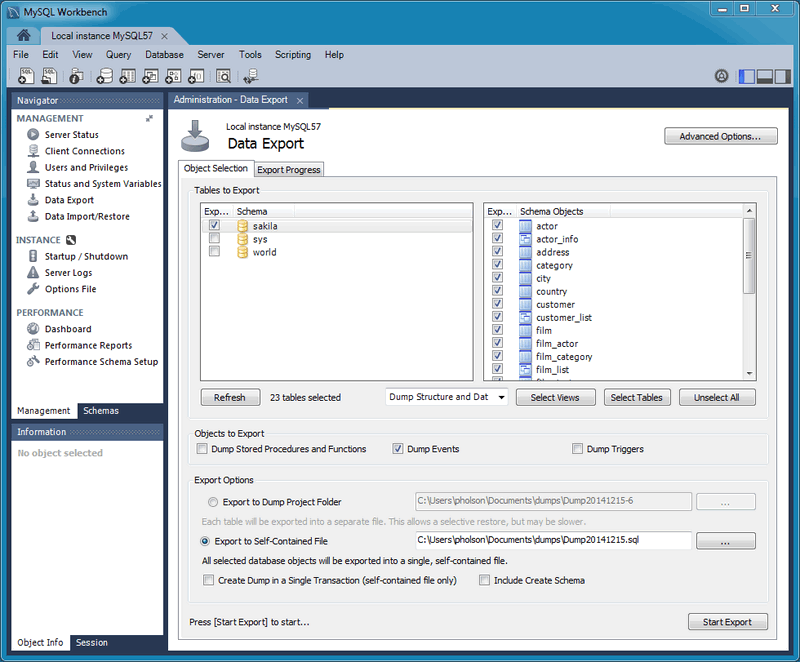
- #SQL SERVER XP LIST DIRECTORY CONTENTS HOW TO#
- #SQL SERVER XP LIST DIRECTORY CONTENTS FULL#
- #SQL SERVER XP LIST DIRECTORY CONTENTS CODE#
- #SQL SERVER XP LIST DIRECTORY CONTENTS WINDOWS#
I also find Dino Esposito’s book ‘Windows Script Host’ (Wrox 1999) very useful The HTML Tidier This object is extraordinarily useful as it provides the means to read and write to text files.Īll of these methods, properties and collections are readily available from Books on Line and W3Schools. This provides a list of all the folders within a Folder. Also there are several properties that return folder names, creation date, paths and so on. The Folder object has methods that allow you to create, delete, or move folders. This provides a list of all files contained within a folder. It has a method to open a file as a text stream. This will allow you to create, delete, or move a file, and to find out the file name, path, and other properties. (Removable-media drives need not have media inserted for them to appear in this collection).

This will give a list of the physical or logical drives attached to the system and includes all drives, regardless of type. This provides information about a logical drive (physical, or network) attached to the system, such as its share name, type, total space, and how much room is available You can check for their existence or get a number of objects and collections. The FSO allows you to manipulate and shred path names, to copy, move, delete or create files or folders. It also allows for most simple file reading and writing operations, and to gather information about drives, directories and files. It provides everything that is necessary for file or folder operations. The FileSystem Object is a COM object that is provided primarily for scripting languages such as Jscript, ASP, and VBscript.
#SQL SERVER XP LIST DIRECTORY CONTENTS HOW TO#
The attached files have many examples on how to use these procedures and they are well covered on Books on Line, so I won’t bother to repeat the details here.
#SQL SERVER XP LIST DIRECTORY CONTENTS FULL#
The full set of OLE automation procedures are:
#SQL SERVER XP LIST DIRECTORY CONTENTS CODE#
When an error happens, the HRESULT returns an error code rather than the 0 which signals success, which then has to be turned into a meaningful error message with the sp_OAGetErrorInfo procedure. OLE AutomationĮach OLE Automation stored procedure returns an integer code that is the HRESULT returned by the underlying OLE Automation operation. As it is a COM object, it is readily accessible from the set or stored procedures built-in to SQL Server called the OLE Automation Stored Procedures, These allow a connection, through T-SQL commands, to create and use COM-based objects. The Filesystem Object, on which all the stored procedures in this article rely, is a component of the scripting runtime library. I pause here just to give some minimum necessary background details on FSO, and on OLE Automation. This may sound esoteric, but sometimes the simplest backup procedures require such operations. You can copy files, move files, create folders, delete files, get the names of special directories, and so on. There are all sorts of things you can do with the FSO. Create the uftReadFileAsTable stored procedure in your test database, and try it out with something like: With such a function, one can then do one’s own parsing and checking of data. I have often pined for a simple function that will read information a line at a time, and to present to me a ‘fake table’ where each line of text is a row, with a primary key based on the line number. You’ll need to enable OLE Automation on your test server in order to follow along. I’ll provide a few details on the FSO along the way, but let’s start with examples of some of these procedures in action.

In this article, I provide examples of stored procedures that use this interface to allow you to: It provides a number of handy services that can be accessed from TSQL.
#SQL SERVER XP LIST DIRECTORY CONTENTS WINDOWS#
The FileSystem Object was introduced into Windows to provide a single common file-system COM interface for scripting languages. Thankfully, when armed with OLE Automation and the FileSystem Object (FSO), all sorts of things are possible. It is possible to read text-based delimited files with ODBC, simple files can be read and written-to using xp_cmdshell, and you will find that OSQL is wonderful for writing results to file, but occasionally I’ve found I need to do more than this.

However, most of them are really designed for reading and writing tabular data and aren’t always trouble-free when used with large strings or relatively unstructured data.įor reading tabular data from a file, whether character-delimited or binary, there is nothing that replaces the hoary old Bulk Copy Program (BCP), which underlies more esoteric methods such as Bulk Insert. SQL Server has never been short of ways to read from and write to files and it is always better to use the standard techniques provided by SQL Server where possible. Reading and Writing Files in SQL Server using T-SQL - Simple Talk Skip to content


 0 kommentar(er)
0 kommentar(er)
